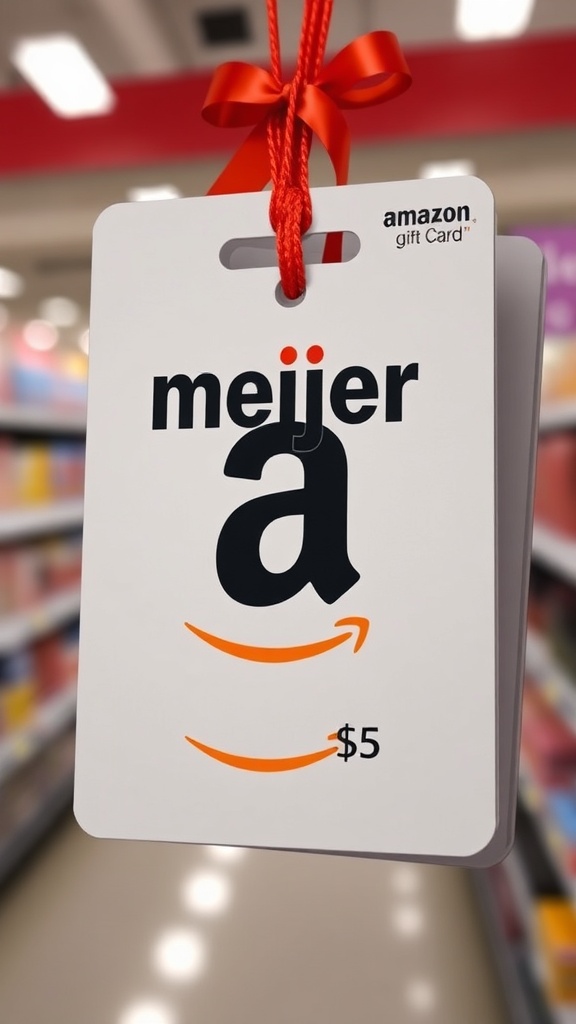Pinterest has evolved into a popular platform not just for sharing ideas and inspiration, but also for driving sales through affiliate marketing. A key component of this strategy is understanding what Pinterest affiliate links are and how they function.
Pinterest affiliate links are URLs that contain a unique identifier for the affiliate. When users click on these links and make a purchase, the affiliate earns a commission. This monetization technique allows content creators, bloggers, and influencers to leverage their Pinterest accounts to earn income while sharing products they genuinely endorse.
To utilize Pinterest affiliate links effectively, users must first sign up for affiliate programs offered by various brands or e-commerce platforms like Amazon, ShareASale, or Rakuten. Once accepted, affiliates receive unique tracking links that can be shared on their Pinterest boards. These links not only track clicks but also provide analytics on engagement and sales generated through their pins.
When creating pins with affiliate links, it’s crucial to provide high-quality visuals and engaging descriptions that resonate with the target audience. Additionally, transparency is key; Pinterest requires that users disclose their use of affiliate links to comply with guidelines and maintain trust with their followers. This can be done by adding hashtags like #affiliate or #ad in the pin description.
Lastly, successful Pinterest affiliate marketing hinges on understanding Pinterest’s algorithm and best practices. Regularly pinning fresh content, optimizing pins with keywords, and participating in group boards can enhance visibility, ultimately leading to higher conversions and affiliate revenue.




